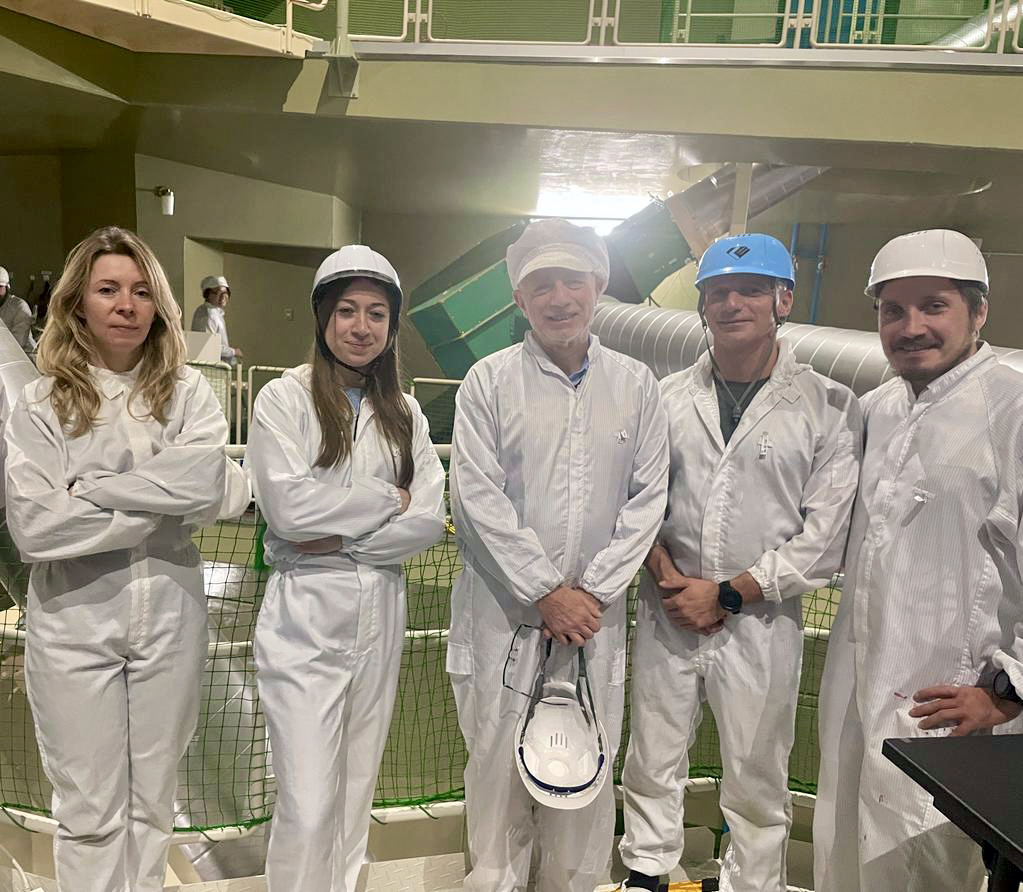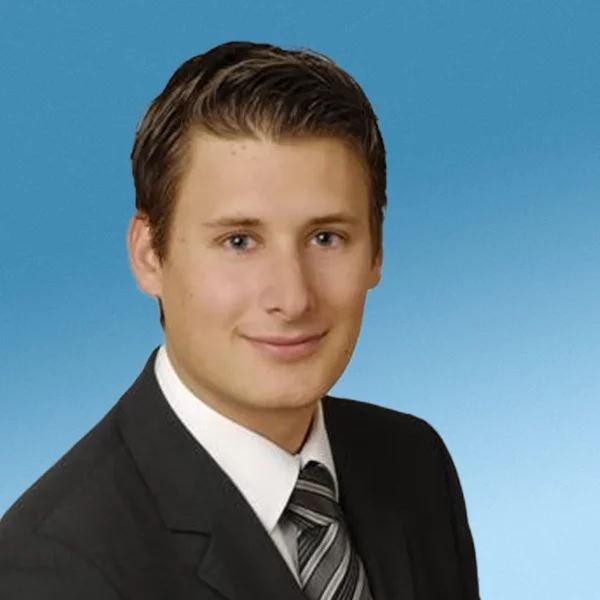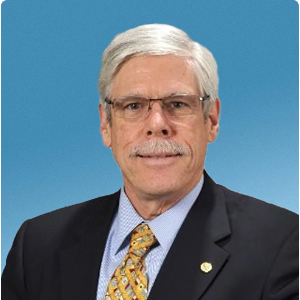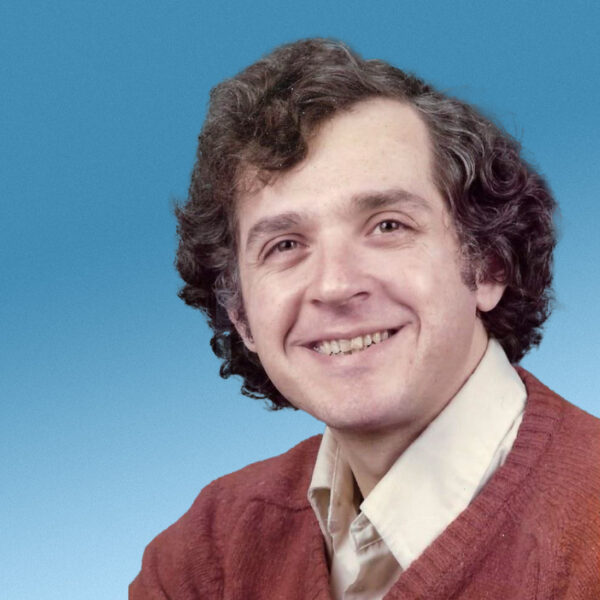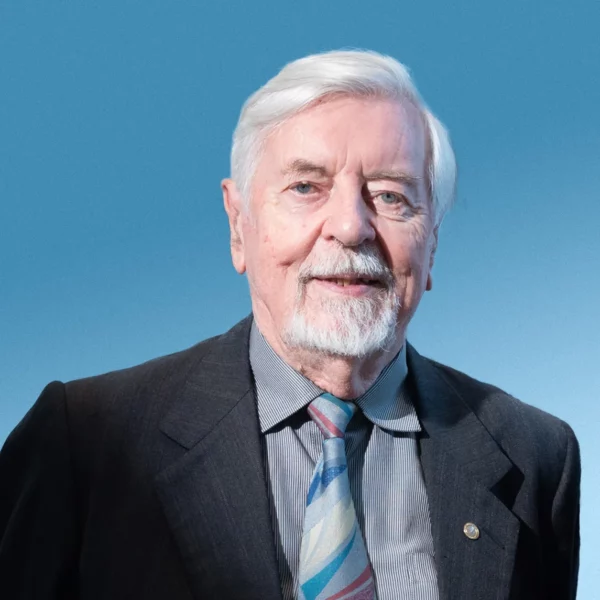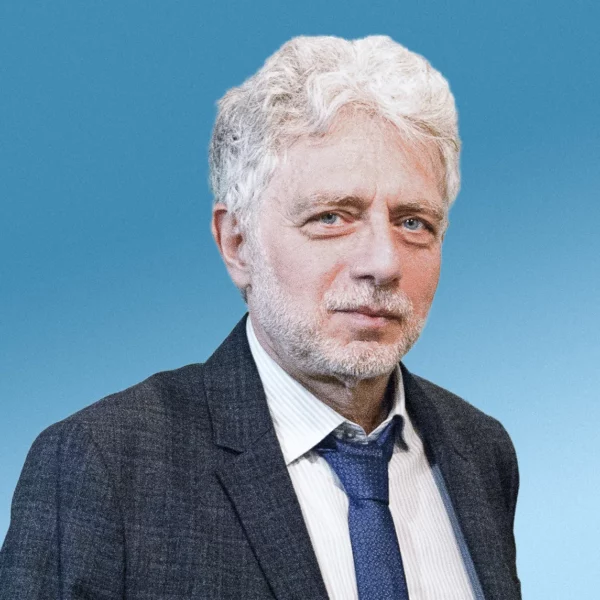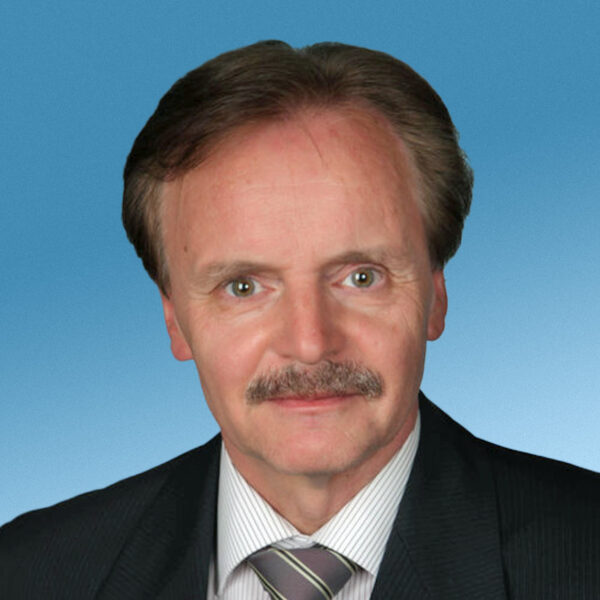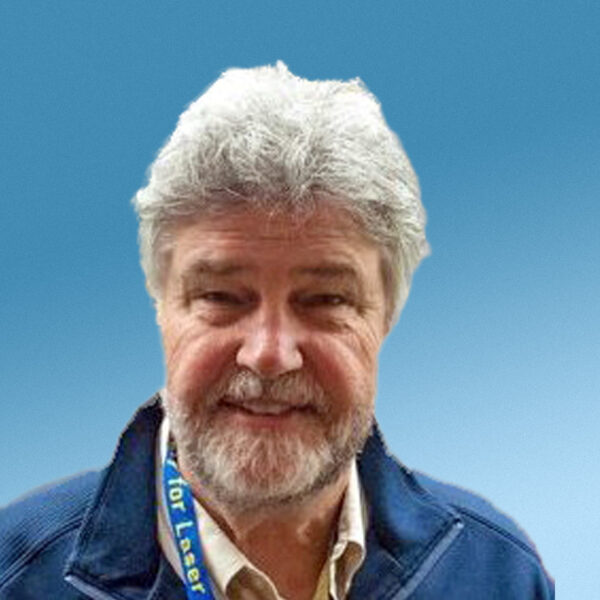HB11 Energy is developing commercially viable fusion technology for the global energy transition.
Global energy demand continues to accelerate. New technologies, new and recycled materials and developing standards of living all demand ever more power. The world needs baseload energy sources that can scale, complementary to other efforts in the energy transition and decarbonisation process.
We need technology that can be deployed in the developing world and in advanced economies. That means low environmental impact, carbon free and without restricted fuels like Tritium.
Recent advancements in laser technology, computing and materials science have put fusion energy on the horizon. Our global team of fusion experts, engineers and award-winning physicists are making it a reality.
